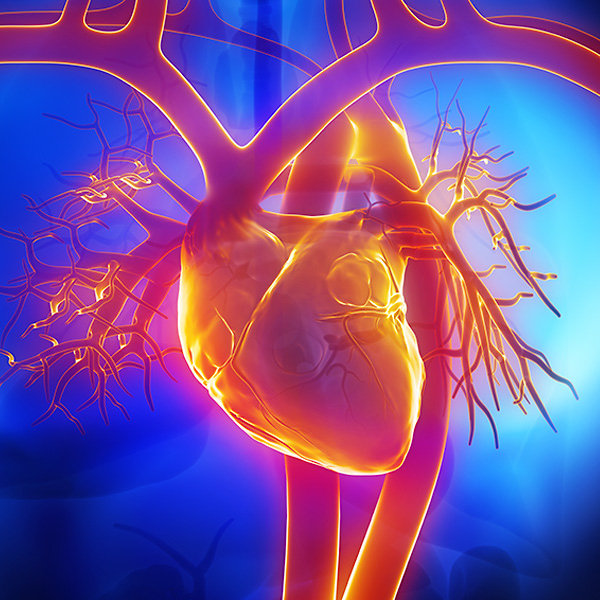Paroxysmal Supraventricular Tachycardia (PSVT)
Overview and Facts about Paroxysmal Supraventricular Tachycardia (PSVT)
Paroxysmal supraventricular tachycardia (PSVT) is a heart condition that causes a rapid heart rate. PVST is a common type of abnormal heartbeat or arrhythmia. If you have PVST, your symptoms likely come and go.
Your heartbeat is controlled by electrical signals that tell the heart when to contract. Abnormalities in these electrical signals can cause the heart muscles to contract too rapidly. A normal resting heart rate is 60 to 100 beats per minute, but PVST can cause a heart rate of over 250 beats per minute. These episodes of abnormal rhythm can last anywhere from a few minutes to a few hours.
PVST is usually not life-threatening and often does not require any medical treatment. Nonetheless, PVST symptoms can be alarming or uncomfortable. Treatment can help provide relief from distressing symptoms. In rare cases, PVST can keep your heart from functioning normally. Medications and surgery can help improve heart function.
Signs and Symptoms of Paroxysmal Supraventricular Tachycardia (PSVT)
Symptoms of PVST include:
- Rapid heartbeat
- Palpitations
- Chest pain
- Chest tightness
- Anxiety
- Shortness of breath
In rare cases, the heart might not function well enough to keep blood pumping throughout the body. If there is not enough blood reaching the brain, dizziness or fainting can occur.
Causes and Risk Factors of Paroxysmal Supraventricular Tachycardia (PSVT)
The sinus node is an area of your heart that generates electrical signals. It then directs the signals along certain pathways. Individuals with PVST may have an extra electrical pathway in their heart. Electrical signals traveling this pathway might cause the heart to contract too rapidly.
Certain medications and stimulants can also trigger PVST. In some cases, PVST can result from excessive amounts of the following substances:
- Caffeine
- Alcohol
- Tobacco
- Illegal drugs
Tests and Diagnosis of Paroxysmal Supraventricular Tachycardia (PSVT)
An electrocardiogram test (ECG or EKG) can help determine the cause of an abnormal heart rhythm. To perform this test, a medical professional attaches sensors to several parts of your body. These sensors detect and record the electrical signals in your heart. Your doctor then analyzes the results to determine whether your symptoms are caused by PVST.
The symptoms of PVST often come and go, so your symptoms might not always appear at your doctor's office. Because of this, the doctor might give you a portable ECG device called a Holter monitor. This device, usually worn for 24 to 48 hours, allows your doctor to track your heart rhythm over the course of a normal day.
Treatment and Care for Paroxysmal Supraventricular Tachycardia (PSVT)
PVST doesn't always require treatment. Your doctor might recommend at-home treatments to help manage your symptoms. A breathing technique called the Valsalva maneuver can provide some relief.
Prescription medications can also help regulate your heartbeat. In some cases, your doctor might suggest a procedure called radiofrequency catheter ablation. This procedure can help destroy the excess electrical pathways in the heart, helping to regulate your heartbeat.
If you are diagnosed with PVST, your doctor can help you understand your health risks. In some cases, PVST can increase your risk of developing other heart conditions. Further cardiac testing might be necessary.

Request an Appointment
Loyola Medicine heart and vascular specialists have the experience and technology to treat the most difficult cardiac and vascular conditions. Schedule an appointment today.
Schedule a Telehealth Appointment
